BlackBerry KEYone preview: let's bring the physical keyboard back from the dead!
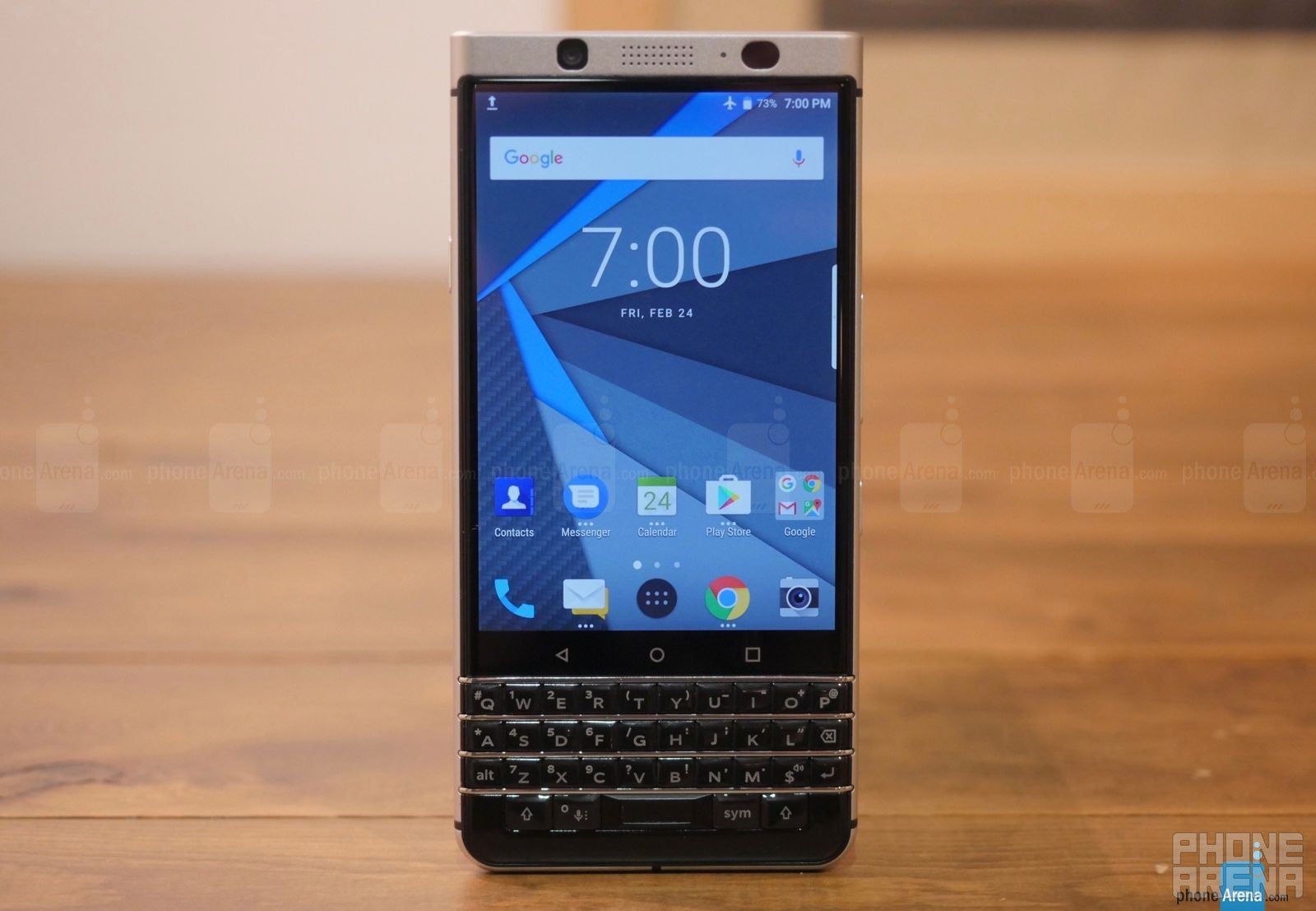
... because, why not?
The BlackBerry Mercury has been living a strange life thus far – announced by TCL & BlackBerry back in January, but left unnamed (aside from the unofficial 'Mercury' tag). They'd show it to us, but they wouldn't tell us exactly what we're looking at. Well, today the makers of the phone are finally ready to reveal more about it, including its real name, and THANK GOD it's not DTEK-something. That was the good news. The bad news is it's called BlackBerry KEYone, which doesn't feel like much of a step up from DTEK.
Naming troubles aside, what exactly are we dealing with here?
Suit and tie: the KEYone design
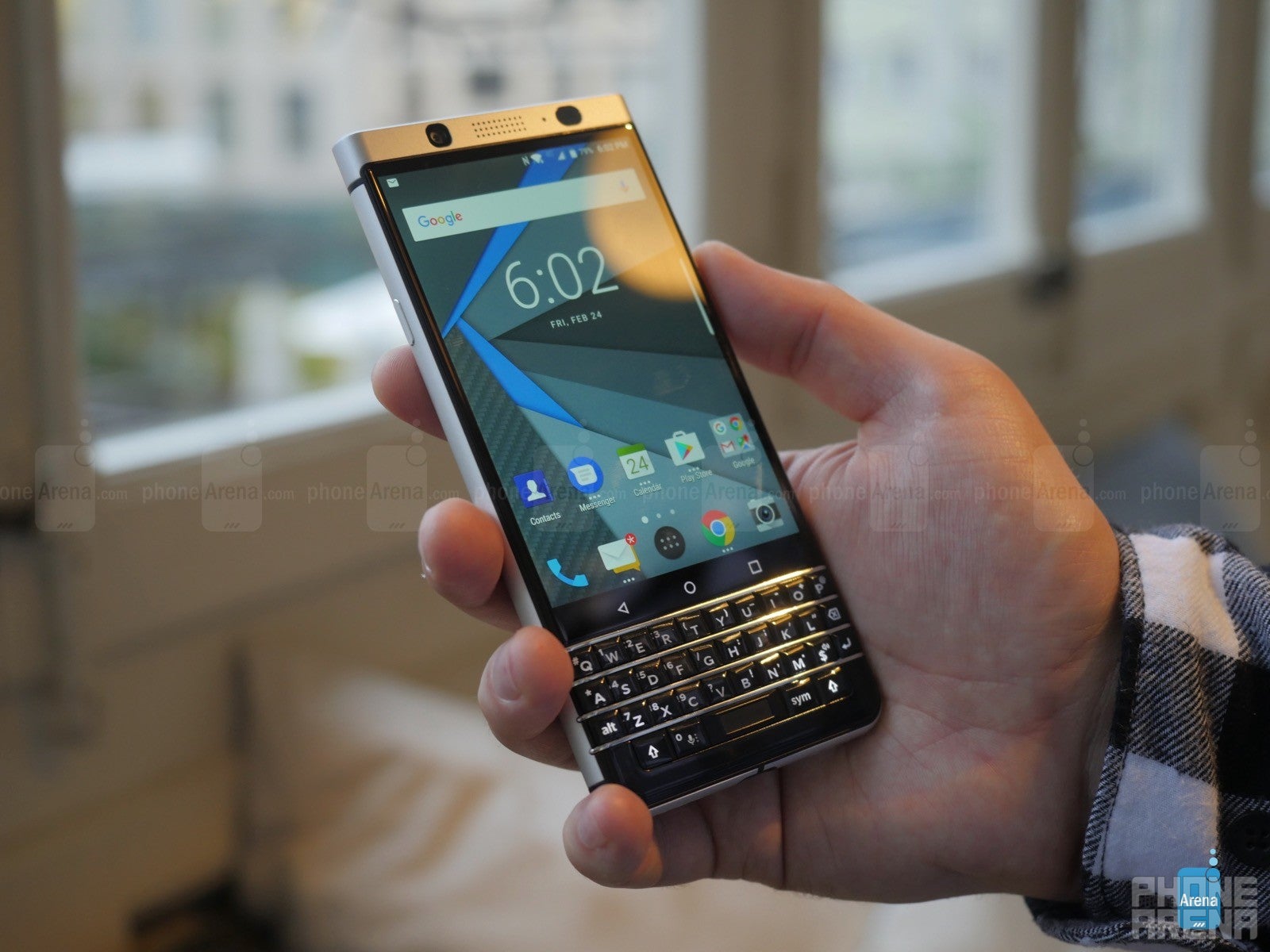
The KEYone keyboard typing experience
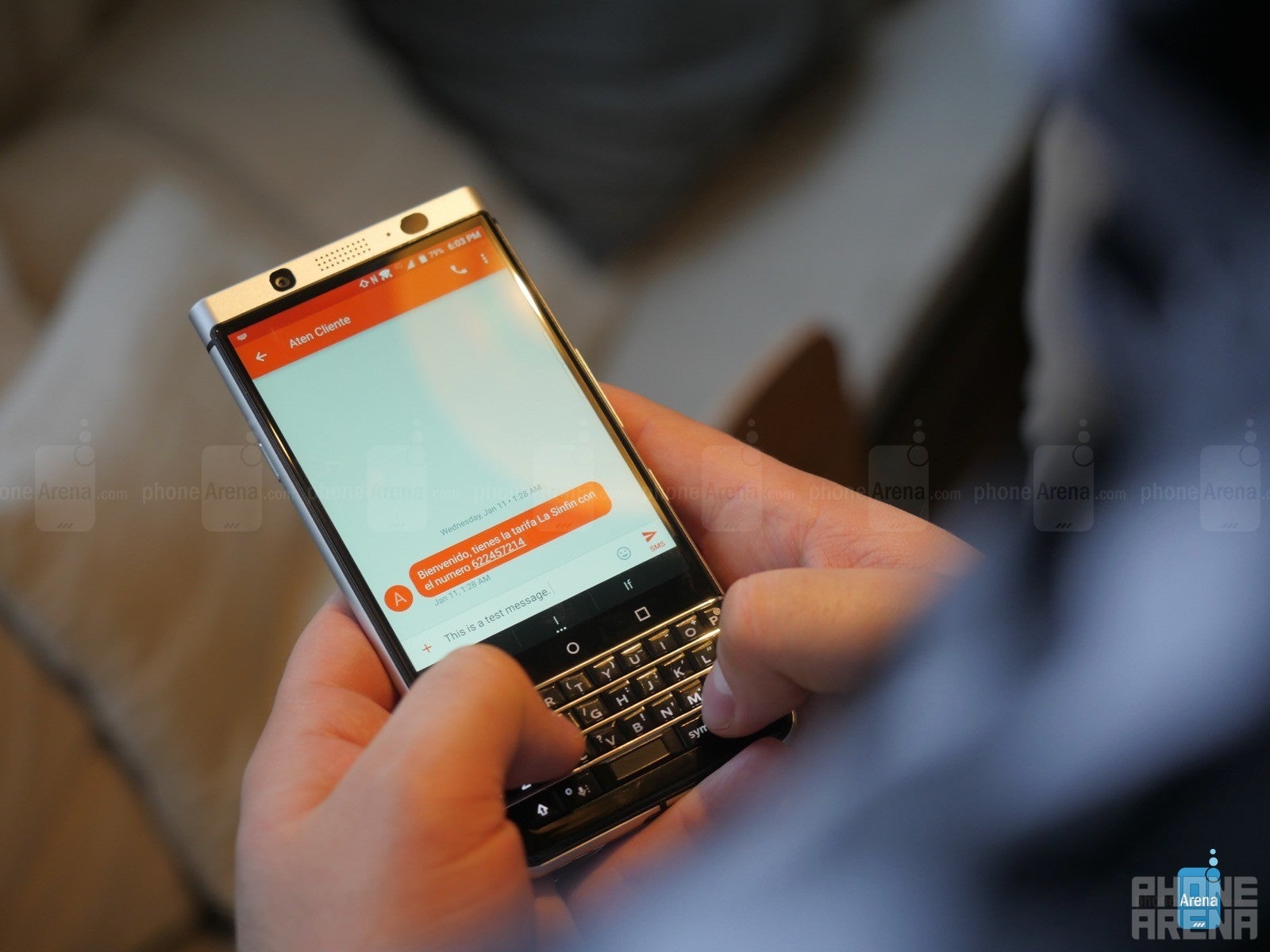
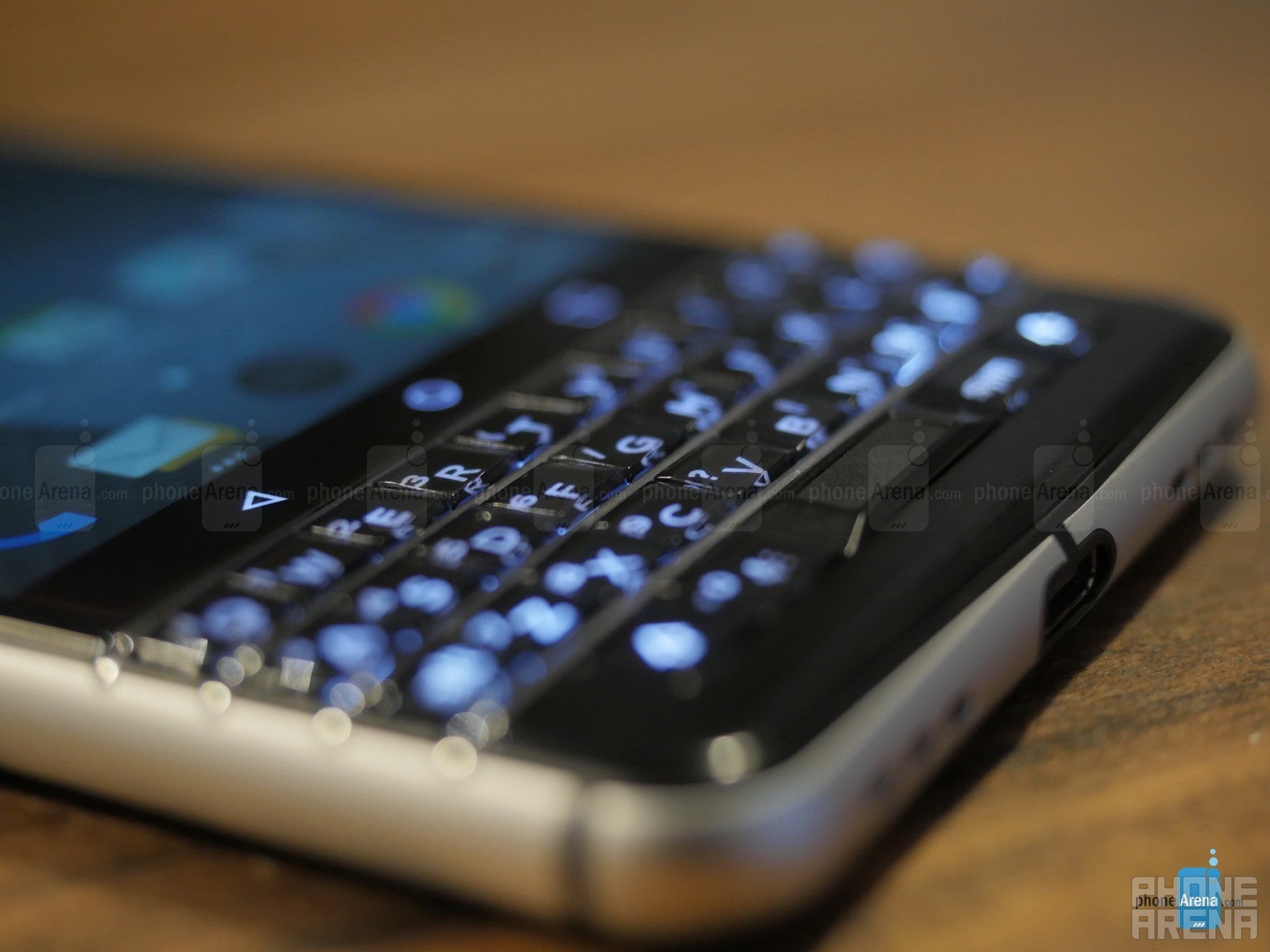
The BlackBerry KEYone (brought to you by Chinese company TCL) is generally very well made, but we couldn't help but notice how uneven the keyboard backlighting is. If it was a problem with any other component of this phone, it probably wouldn't have been that big of a deal, but the keyboard is the centerpiece here, making this a particularly annoying issue.
KEYone touchscreen adventures
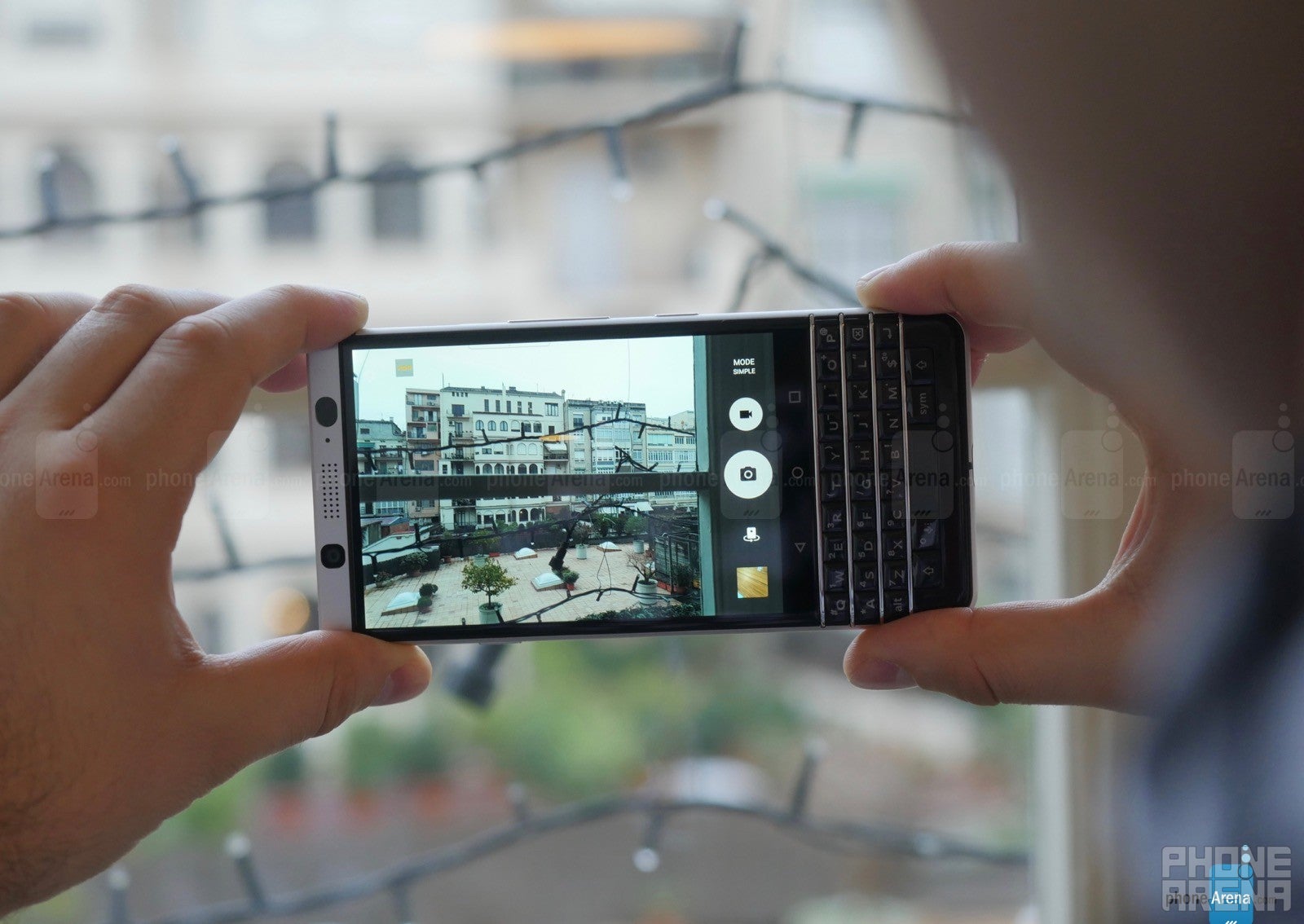
A 4.5", 1080x1620 pixel (2:3 aspect ratio) touch-sensitive IPS LCD screen sits right above the keyboard, and it's just a very nice screen – it's clear and sharp, colors seem reasonably intense, and viewing angles are satisfying. It's a great window to the Android 7 platform that the KEYone is running. You can choose to manipulate the interface using the keyboard to an extent, as it also functions as a trackpad, but at least in our test, this feature didn't work very well. The touchscreen works as advertised, though, and it appears to be perfectly sized for what this phone is made for. With navigation buttons positioned below the screen itself, and no virtual keyboard to hide half of the on-screen content, the KEYone's display feels roomy enough to comfortably check the events in your calendar, or read a long email, or browse the web, or use any popular application. Videos do get some black bars, but apps should run flawlessly, since Android supports the 2:3 aspect ratio.
Also, it's more secure than your ordinary Android!
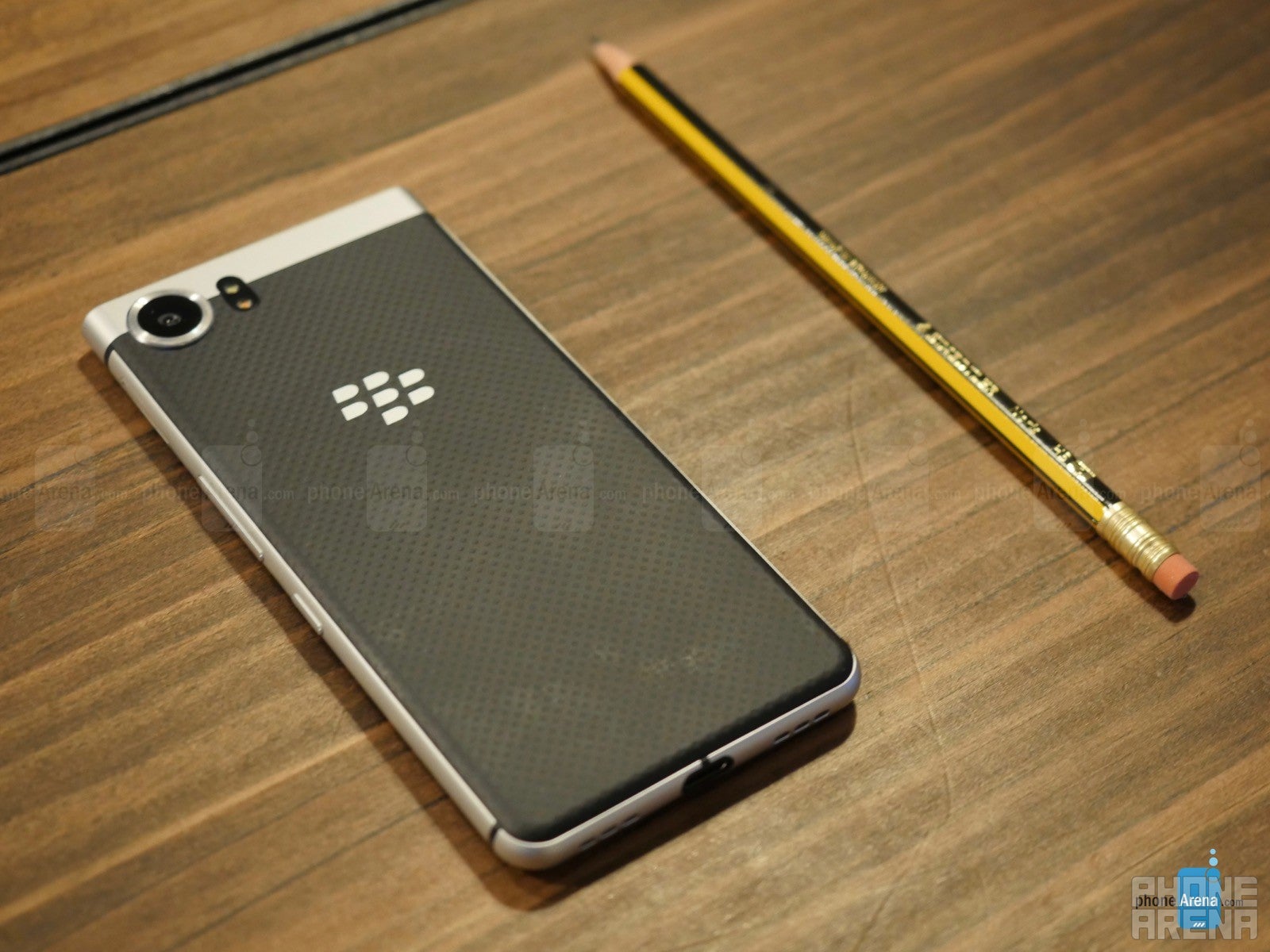
KEYone price & release date: $549, April release in the US
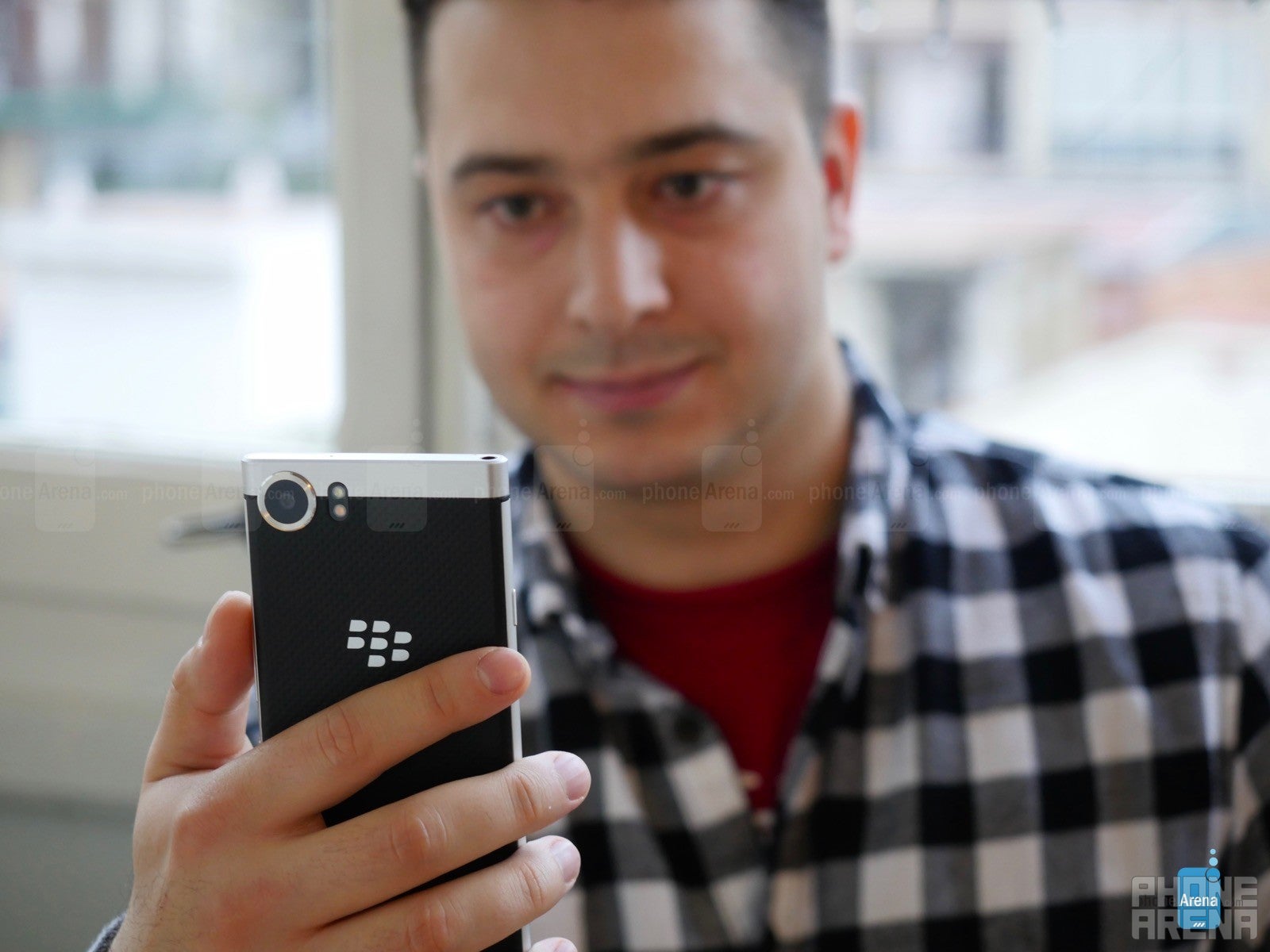
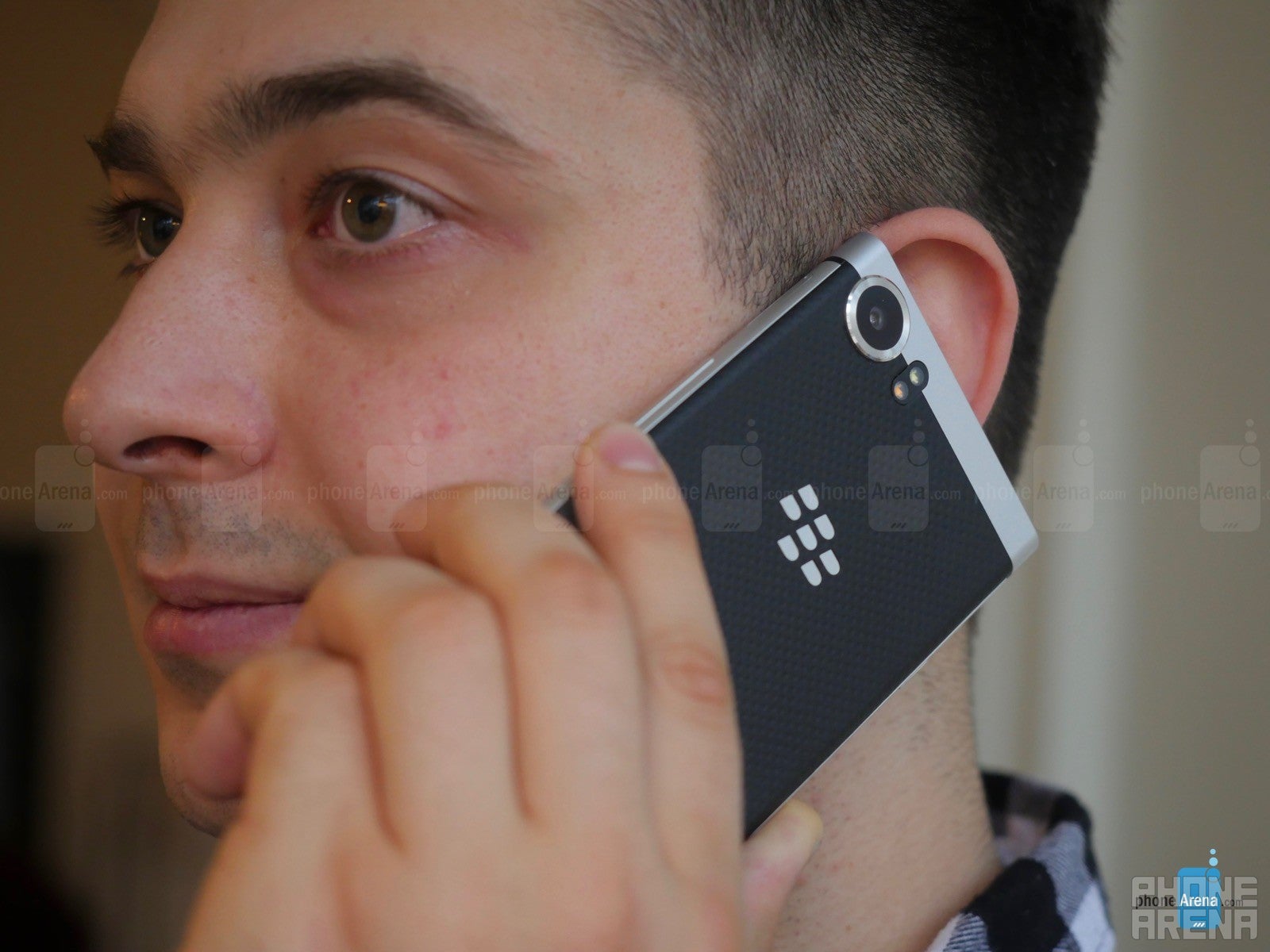
This is a phone for dinosaurs, no two ways about it. Which isn't necessarily a bad thing, of course – the KEYone is good enough to serve its target audience very well. Old-school business professionals will be happy that, whenever they get the chance to escape the confines of their offices, they'll be having a good-looking and powerful mobile communicator at their disposal – a tool, an instrument through which they can keep shooting emails left and right, and maybe even get back to working that spreadsheet. This is not a fun phone, a phone for artists or visionaries. It's for the number-cruncher, the operations expert, the small business owner too stubborn to change. That's who this phone is made for, and you know what? I guess that's OK. Not every product has to change the world.

Follow us on Google News












Things that are NOT allowed:
To help keep our community safe and free from spam, we apply temporary limits to newly created accounts: